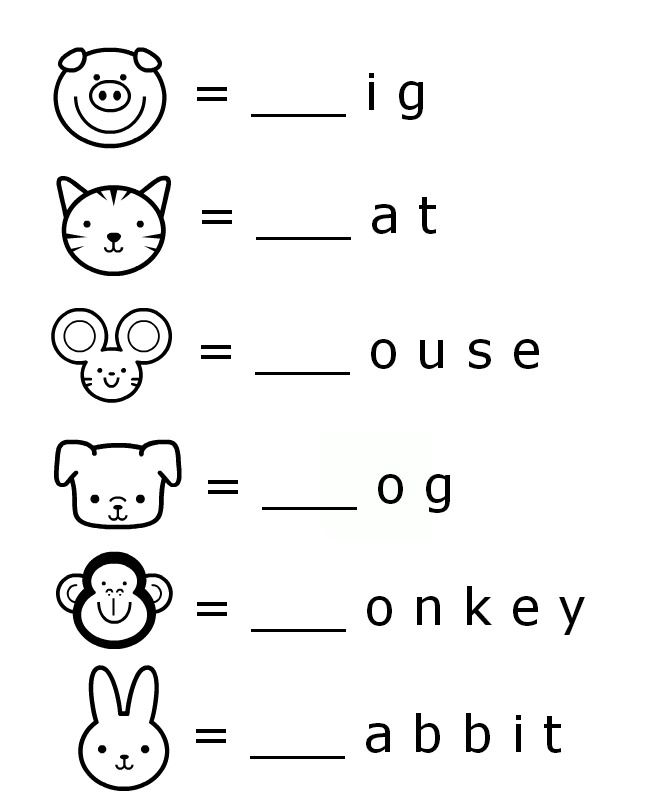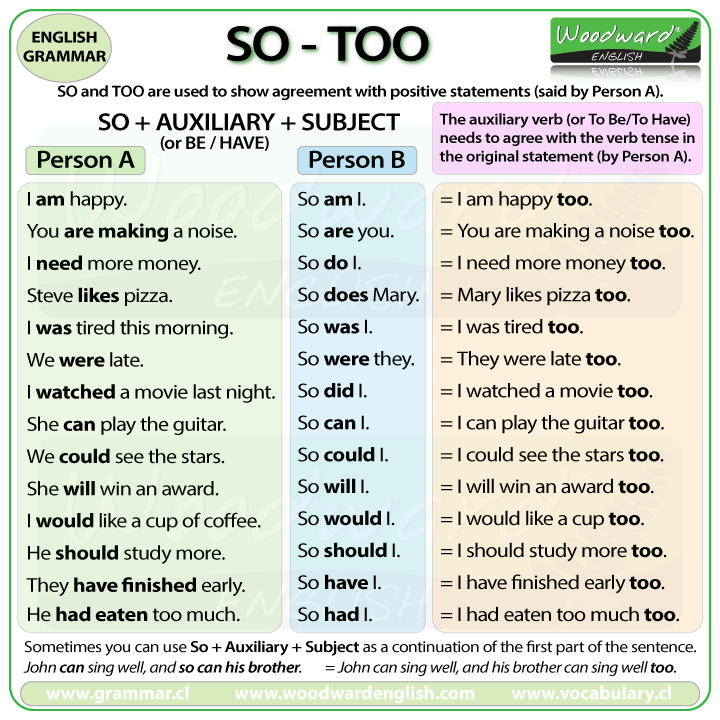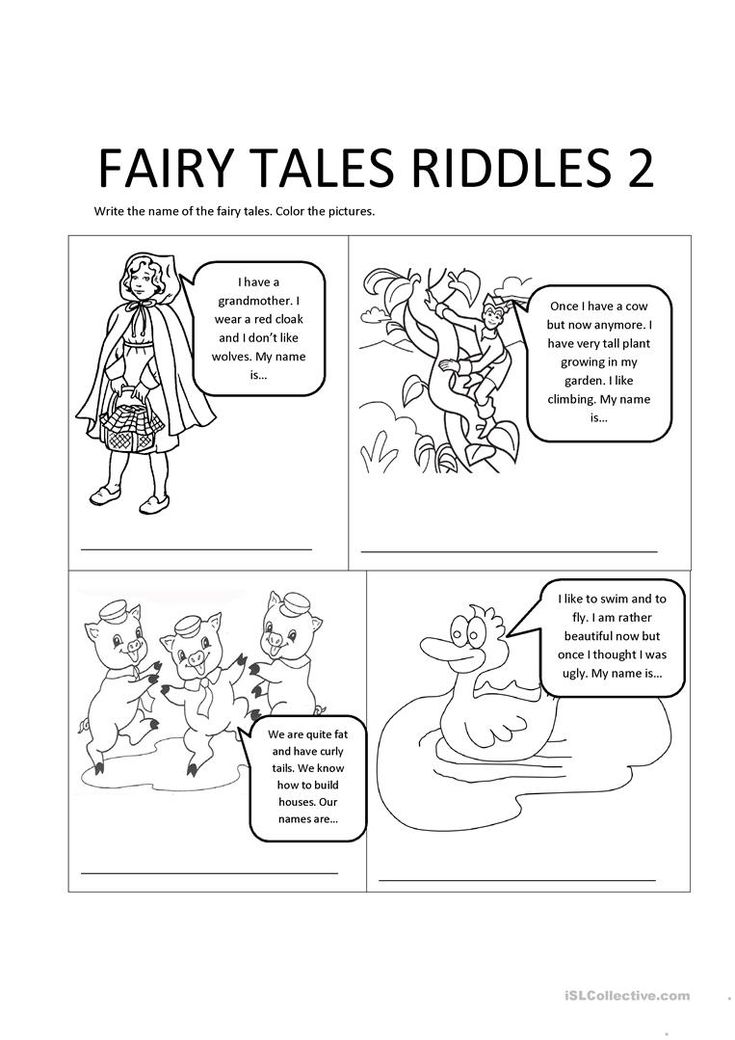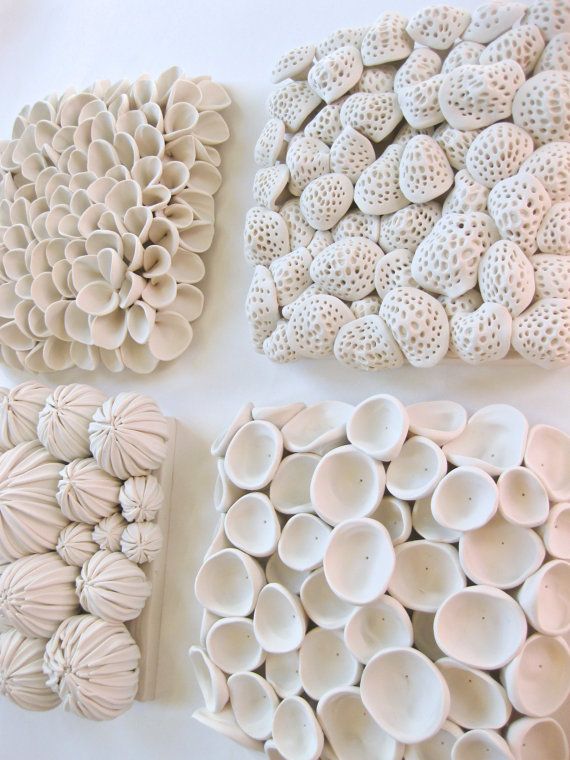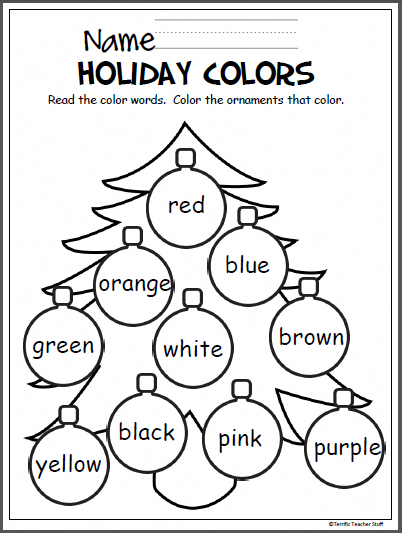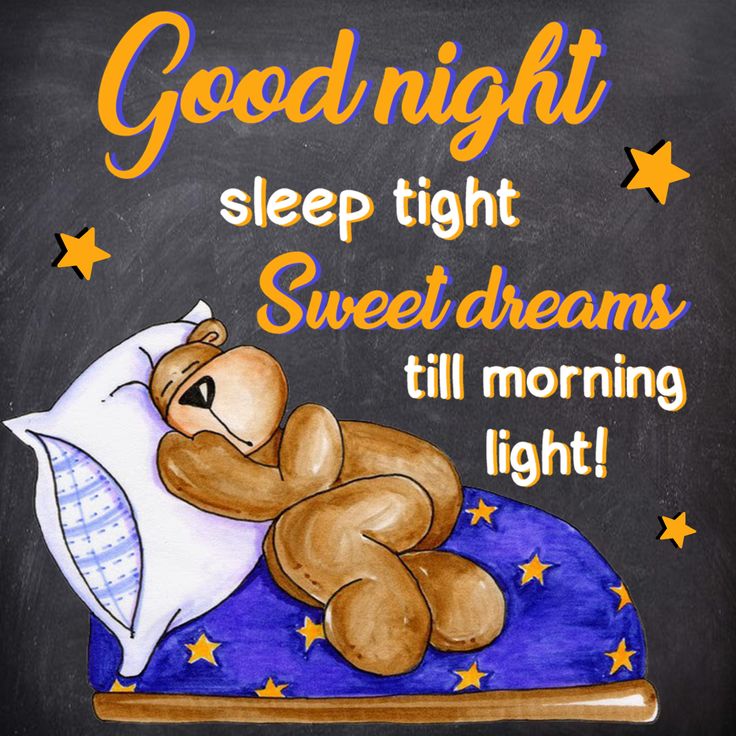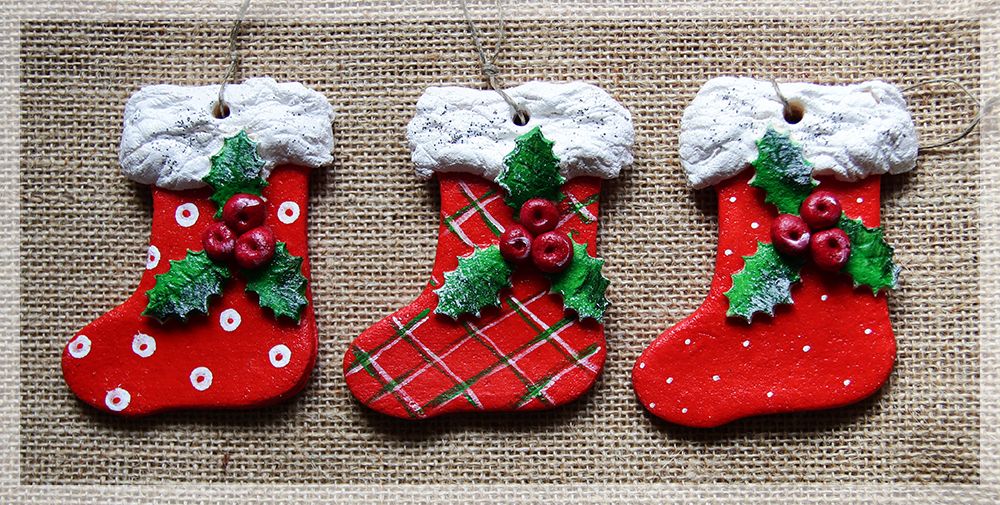Kindergarten learning activities
Kindergarten activities and learning games
Looking for some fun games and activities for kindergarten students to keep little ones occupied — and learning — at home? Check these out!
-
Create a personalized placemat
Writing activity: This activity will help your kindergartner build reading and writing skills.
-
Sorting beans
Math activity: By sorting and categorizing beans, your kindergartner will begin to build math and problem-solving skills.
-
Amazing bubbles
Science activity: This fun activity engages your child’s curiosity and builds observation skills, which will become important as your child studies science.
-
Telling tales
Reading activity: By sharing family stories, you will reinforce an understanding of family and how things are similar or different from generation to generation. This provides a building block for studying social studies.
-
Making hieroglyphics
History activity: By delving into the art of ancient Egypt, you’ll be giving your child a glimpse of art history.
-
Letters in clay
Writing activity: Forming letters out of clay is a fun and easy art project that gives kids a hands-on feel for learning handwriting.
-
Create a name book
Reading activity: Using a computer and a camera, your kindergartner can learn basic computer skills by making this name book. Once the book is complete, they can read it over and over, and practice their reading skills.
-
Make a personalized bookmark
Writing activity: This easy project will help your child begin to learn the letters of the alphabet, and how to spell her name.
-
Make music in a kitchen Band
Math activity: Banging pots and pans, and beating on an oatmeal tin can teach the basics of finding the musical beat.
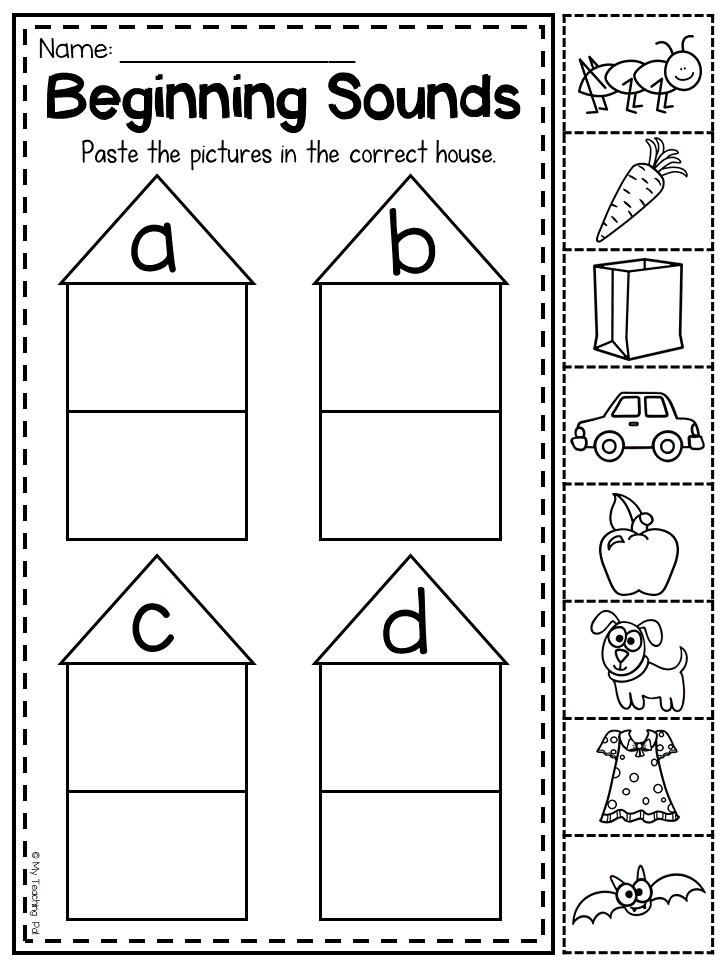
-
Counting coins
Math activity: By counting pennies, nickels and dimes, your child will learn how to count by ones, fives, and 10s.
-
Make a story map
Reading activity: Have your child make a story map to sequence the beginning, middle and end of a story.
-
Shape walk
Math activity: Go outside with your child and look for shapes.
-
The “scents” of smell
Science activity: Have your child explore the sense of smell by having her guess different scents.
-
Letter collage
Reading activity: In this activity your child explores letter sounds by making a collage.
-
Word family flip book
Reading activity: Have your child create this fun flip book to practice reading.
-
Make your own wrapping Paper
Art activity: Try printmaking to make your own wrapping paper!
-
Fruit fractions
Math activity: Here’s a clever and tasty way to review fractions with your child.

-
Make a storytelling board
Reading activity: In this activity your child acts out a story with a hand-made storyboard.
-
Living things and nonliving objects
Science activity: Have your child find living things and nonliving objects.
-
Name puzzle
Writing activity: In this activity your child makes a puzzle that helps her spell and recognize her name.
200 + FREE Hands-On Kindergarten Activities -
Make Kindergarten fun again! There are no worksheets here! Only exciting, hands-on activities for kindergarten! You’ll find STEM, reading, math, sensory activities and more to make learning fun!
Kindergarten introduces a lot of skills, but it is super important to keep learning fun! I’ve never met anyone who LOVED sitting at a desk doing worksheet after worksheet. Let alone a 5 year old…
Click on the skills below to go directly to the best hands-on learning activities for kindergarten.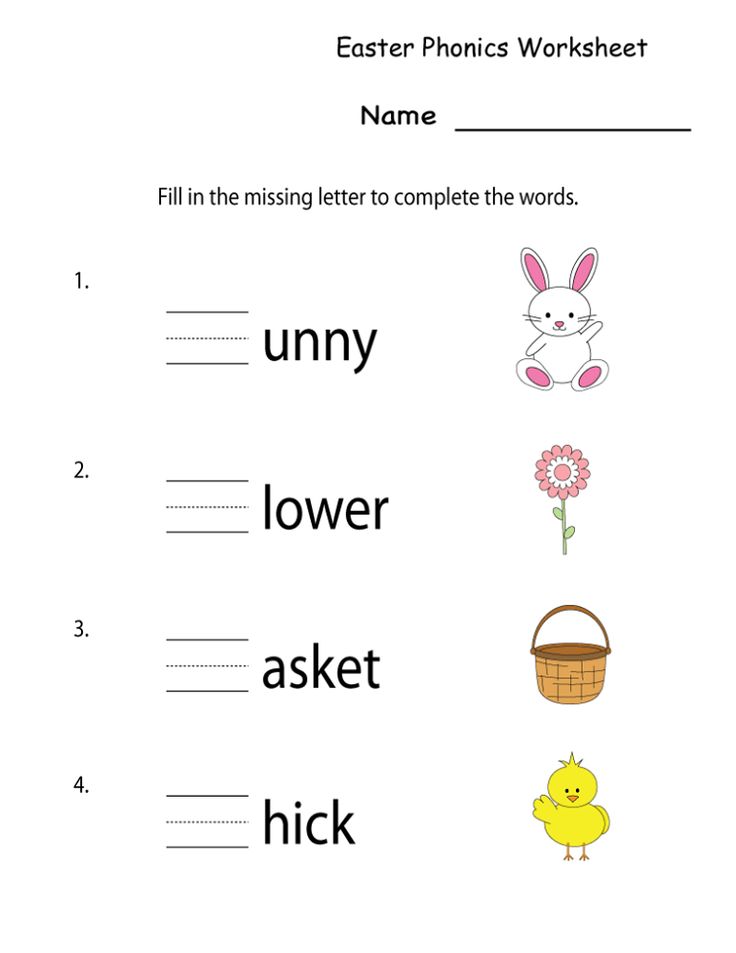
Table of Contents: (Please note these links will take you directly to these skills on this page, so that you don’t have to scroll.)
Alphabet Activities for Kindergarten
While for most kids the alphabet is introduced at the preschool level, it takes many times of reviewing it before it becomes a solidified skills. And there are also many children who arrive in kindergarten knowing very few letters.
There are several steps to learning and using the letters of the alphabet to be able to form words.
- Letter recognition
- Uppercase Letters
- Lowercase Letters
- Uppercase and Lowercase Letters Combined
- Beginning Sounds
- Vowel Sounds
- Ending Sounds
All of these skills are needed to build successful readers!
- Alphabet Coloring Pages
- Magnetic Letter Alphabet I Spy
- Alphabet Sensory Bin
- Alphabet Crafts for Kids
- Tissue Paper Letters
- Cloud Dough Letter Smash
- Alphabet Stack Up Game
- Alphabet Ants- Letter Formation Game
- Mitten Letter Matching Activity
- Valentine Spin & Stamp Letter Recognition Game
- Pumpkin Spin & Stamp Activity
- Spring Spin & Stamp
- Snowman Spin & Stamp
- Thanksgiving Spin & Stamp
- Alphabet Uppercase/Lowercase Pumpkin Matching Game
- Fall Leaf Letter Matching
- Acorn Alphabet Matching Game
- Christmas Tree Multi-Font Letter Sorting
- Apple Tree Multi-Font Letter Sorting
- Chicken and Egg Multi-Font Letter Sorting
- 25+ Fun Alphabet Books
More Alphabet Activities for Kindergarten
Reading and Beginning Phonics Kindergarten Activities
Kindergarteners learning to read is one of my favorite things!! I love hearing them form those first words and start on the road to reading!
- CVC Word Building Apple Tree
- CVC Word Building Fall Leaves
- CVCE Word Family Apple Basket
- CVCE Fall Themed Word Building
- CVC Word Family Bump! Games
- Sorting Short Vowels and Long Vowels
- Fruit Themed Write the Room
More Beginning Reader and Phonics Activities
Sight Word Activities and Printables for Kindergarten
- Fall Sight Word Scavenger Hunt
- Sight Word Clouds
More Hands-On Sight Word Activities
Counting Activities and Printables for Kindergarten
- Color by Number Printable
Mini Eraser Counting Grids
- Star Mini Eraser Counting Grids
- Candy Corn Mini Eraser Counting
- Conversation Heart Mini Eraser Counting Grids
- Pizza Counting Grids {English and Spanish}
- Gumball Counting Grids {English and Spanish}
- Dragons and Tacos Counting Grids {English and Spanish}
- Easter Egg Counting Grids
- Unicorn Counting Grids {English and Spanish}
- Snowman Counting Grids
- Apple Counting Grids
More Themed Counting Grids
- Cupcake Counting Grids
- Groovy Buttons Counting Grids for Pete the Cat
- Chocolate Chip Counting Grids
- Pumpkin Counting
- Leaf Counting Grids
- Dinosaur Counting Grids
- Ocean Animal Counting Grids
- Pot of Gold Counting Grids for St.
 Patrick’s Day
Patrick’s Day
Counting Cards for 1-10
- Ladybug Counting Cards
- Monkey and Banana Counting Cards
- Sock Monkey and Fall Leaf Counting Cards
- Baa, Baa Black Sheep
- Baby Chick Farm Animal Counting Cards
- Dog Bones
- LEGO Counting
- Button Counting
Winter and Valentine’s Day Counting Cards
- Christmas Tree Lights
- Winter Mitten Pom Poms
- Hot Cocoa and Marshmallows
- Peppermint Candy
- Conversation Heart
Fall Theme Counting Cards
- Pumpkins
- Candy Corn
- Squirrel and Acorn Counting Cards
- Spider Webs
Play Dough Number Mats for Counting
Themed Number Mats for Kindergarten Math
- Pirate 1-10 | Pirate 11-20
- Sunflower 1-10 | Sunflower 11-20
- Conversation Hearts 1-10 | Conversation Hearts 11-20
- Valentine Ten-Frames 1-10
- Fall Candy Jar 1-10 | Fall Candy Jar 11-20
- Christmas Trees 1-10
- Cookies 1-10
- Penguins 1-10
Math Dice Games for Counting
More themed Roll and Count Dice Games for Kindergarten
- Apple Tree
- Unicorn
- Farm Animal
- Crayon Box
Spring Dice Games for Counting
- Rainy Day
- Flower Pot
- St.
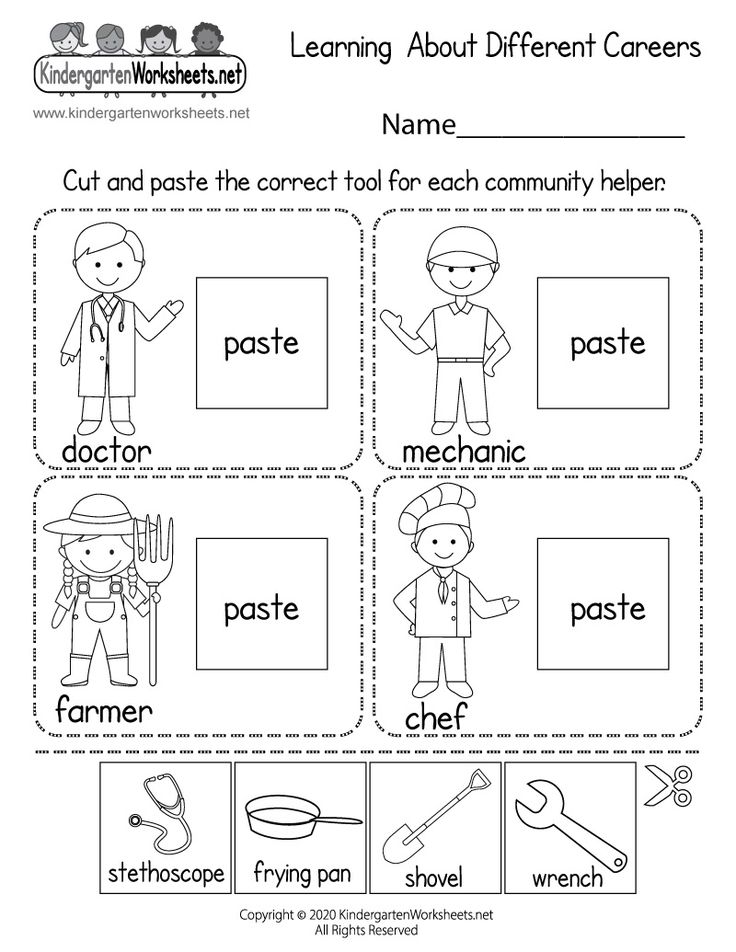 Patrick’s Day
Patrick’s Day
Summer Dice Games for Kindergarten
- Seashells
- Watermelon
Fall Dice Games
- Turkey Feathers
- Spider Web
Winter Roll and Count Dice Games
- Christmas Tree Lights
- Snowflake
- Gingerbread
Ten-Frame Counting Games
- Apple Ten-Frame Hide and Seek Game
- Unicorn Ten-Frame Hide and Seek Game
- Christmas Tree Ten-Frame Hide and Seek Game
Themed Counting Activities
- Fruit Themed Counting Games
- 7 Number Recognition Card Games
- Bakery Pretend Play Printables for Counting
- Silly Monsters Mini Counting Pack
- “How Many Cows on the Farm?” Snack & Math Game
- Construction Theme Counting to 5 Board Game
- Back-to-School Counting Puzzles
- Transportation Theme Counting Pack
- Fall Emergent Reader Counting Book
- Winter Counting Puzzles
- Christmas Counting Sensory Bin Matching Game
- Easter Egg Number Recognition Puzzles
Non-Printable Hands-On Kindergarten Counting Activities
- Apple Tree Fingerprint Art & Math Activity
- Falling Star Counting Game
- DIY Ocean Animal Clip Cards for Counting
- DIY Mitten Counting Game
- Snowball Counting Activity
- DIY Valentine’s Theme Board Game for Counting
Kindergarten Addition Activities: Addition to 10
More Hands-On Addition Activities
Graphing Activities and Printables for Kindergarten
- Winter Color Graphing
- Colored Shoe Graphing (Great for Pete the Cat!)
- Australian Animal Graphing
- Fidget Spinner 2D Shapes
- Bug Graphing
- Car Graphing on a Bubble Road
- Donut Theme
- Superhero Theme Dice Graphing Activity
- Valentine Cupcake Theme
- Rainbow Bear Color Graphing
- Fall Leaf Activity
- Forest Animals
- DIY Flower Graph
- Farm Animal Theme
Kindergarten 2D and 3D Shape Activities and Printables
Kindergarten Shape Activities and Printables
Shape Matching Games
- American Flag Shape Matching
- Cactus Matching Game
- Apple 2D Shape Matching Game
- Shape Matching Games
- Silly Shapes
- Pumpkin Shape Matching Game for Fall
- Penguin Matching Game for 2D Shapes
- 2D Shape Graphing Game for Fidget Spinners
- 3D Shape Mini Pack
- 2D Shape Mini Pack
- 2D Shape Play Dough Mats
- Shape I Spy Counting Mat
- Dog House Shape Spinner Game
Winter Shape Printables and Activities
- Snow Shapes with Penguin Shapes
- Winter 2D BINGO Games
- Christmas 2D Play Dough Mats
- Gingerbread Shape Games and Activities
- Snowman 2D Play Dough Mats
Hands-on Shape Games and Activities
- Foam Shape Sensory Bag
- Exploring Shapes with Play Dough Imprints
- 3D Shapes with Pipe Cleaners
Fine Motor Learning Activities for Kindergarten
Fine Motor Art and Craft Activities
- Black Glue Acorn Fine Motor Art
- Turkey Salt Painting for Thanksgiving
- Decorate-a-Pumpkin Fine Motor Craft
- Frog Life Cycle Fine Motor Craft
Snap Cube Fine Motor Mats for Learning
- Valentine Snap Cube Mats
- Earth Day Snap Cube Mats
- Uppercase Letter Snap Cube Mats
- Lowercase Letter Snap Cube Mats
- Numbers 1-10 Snap Cube Mats
LEGO Fine Motor Activities
- Winter LEGO Fine Motor Mats
- Fall LEGO Fine Motor Mats
- Spring LEGO Fine Motor Mats
More Kindergarten Learning with LEGO
- LEGO STEM Challenge Cards for Kids
- LEGO Charades Game
- LEGO Superhero Gross Motor Game
- LEGO Classifying and Sorting Mats
Themed Gross Motor Games and Brain Breaks for Kindergarten
- Pet Theme Brain Break Dice
- Fall Theme Brain Break Dice
- Winter Theme Brain Break Dice
- Moving My Body Brain Break Dice
- Insect Gross Motor Dice
- Weather Gross Motor Dice
- Five Little Ducks Gross Motor Counting Games
- Transportation Theme Gross Motor Game
- “Jack, Be Nimble” Counting Gross Motor Game
- Animal Gross Motor Game
Kindergarten Science Themes and Activities
- Butterfly Life Cycle Board Game
- Forest Biome Sorting Mats
- Rainforest Animal Matching Game
- Rainforest Animal BINGO Game
- Frog Life Cycle Fold-Up Book
- Arctic Animal Matching Games
Kindergarten STEAM Activities and Printables
STEM Investigations for Kindergarten
- Making Music with Bottles
- “Is it Magnetic?”
- Quantity Investigation
- Density Investigation for Kindergarteners
- Spring Flower STEM Investigation
- Ocean Currents Investigation
- Painting with Ooblek
More STEAM Investigations
Emotions Activities for Kindergarten
Emotions Board Game
Gingerbread Emotions Printables
- Gingerbread Emotions Mini Book
- Gingerbread Emotions Play Dough Mat
- Gingerbread Emotions Board Game
- Gingerbread Emotions BINGO Game
- Gingerbread Emotions Puzzles
Shop my deals
My fav cleaning supplies
Use code CALI to save 10% today
Get deal
Meal Prep Help
Use code CALI to save 10% today
Get deal
StitchFix
Use code CALI to save 10% today
Get Deal
90,000 elements of educational activity in preschool age, PrerequisitesContent
- 1 PROPRAMSITIONS OF PRODUCTIONS AT PRODUCTION AGE
- 2 What motivates a preschooler to study
- 2.
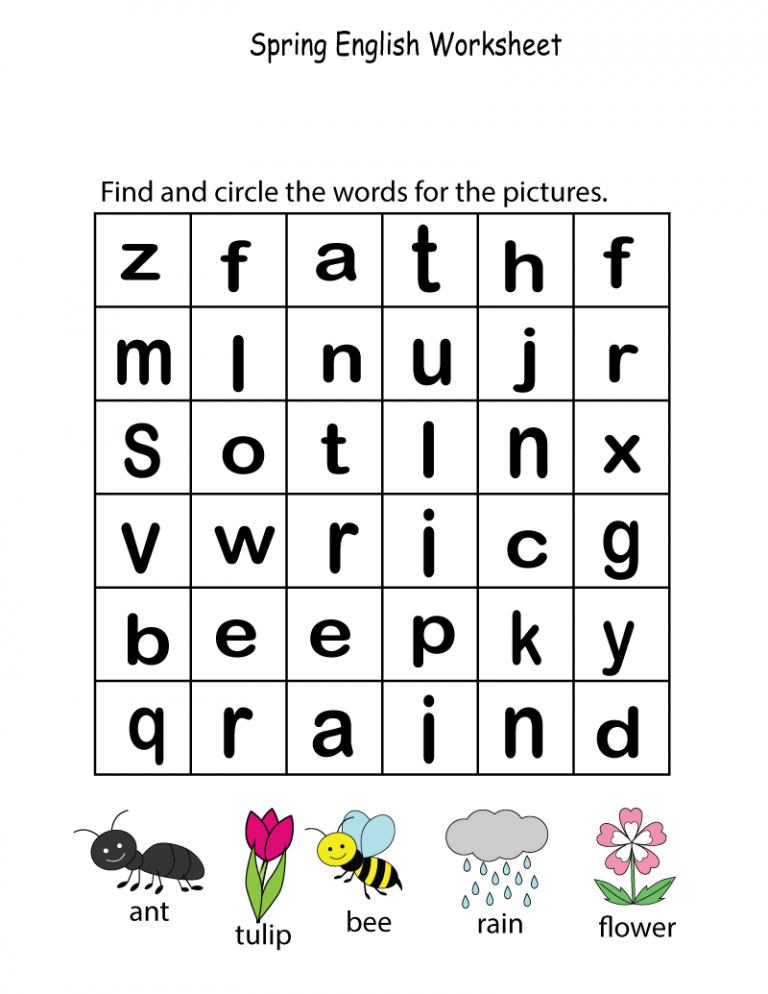 1 External motives
1 External motives - 2.2 Internal motives 9000
- 3.1 Elements of educational activity
- 2.
- 4 Functions and tasks of educational activity of preschoolers
Readiness for learning activities should be gradually formed in childhood, starting from preschool age. Otherwise, at the school desk, the child will not cope with the load that has fallen on him. Education requires careful perception and assimilation of a fairly large amount of knowledge. Elements of educational activity are laid at the senior preschool age, as this is facilitated by the social situation of development.
Prerequisites for learning activities at preschool age
Formation of the prerequisites for learning activities at preschool age begins in a game context. Being the leading activity, the game lays several important "bricks" in the development of the child's personality. They will form the basis that is necessary for successful learning activities.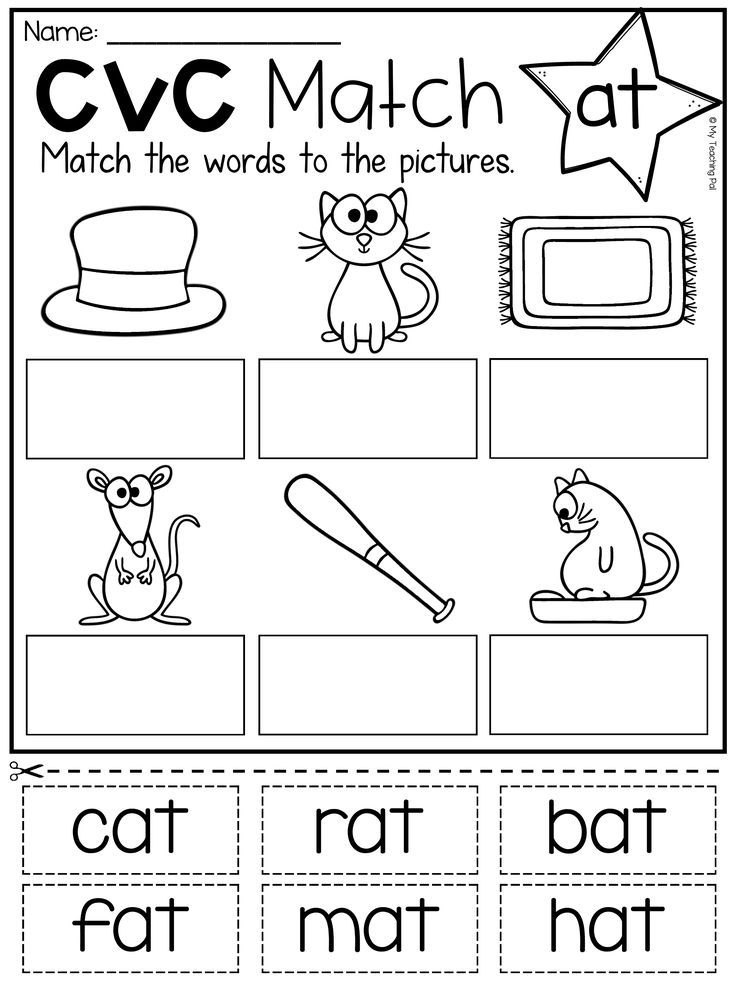
Let's consider what acquisitions are the prerequisites for the educational activity of a preschooler.
Formation of logical thinking. Children still predominantly think in images, but abstract thinking is already forming in them. This is well seen in children's games.
If the younger preschooler definitely needs substitute objects to play, then at the older preschool age speech becomes the main thing. The guys agree on the rules, reason, analyze and give their arguments.
Thanks to the active development of mental operations, preschoolers try in some way to generalize and classify the surrounding objects and occurring phenomena. In almost everything they want to hear the argument. For example, they require proof why a watermelon is a berry, and a penguin is a bird.
The emergence of a cognitive motive. Children become interested in learning. Previously, the kid was attracted directly to the game, at the same time he could learn something new. The older preschooler is eager to purposefully acquire specific knowledge that helps him to move one step further in the knowledge of the surrounding reality.
The older preschooler is eager to purposefully acquire specific knowledge that helps him to move one step further in the knowledge of the surrounding reality.
Shows interest in scientific facts, natural phenomena, new information. Hence - the desire to understand the arrangement of mechanisms, to understand the causes of a rainbow or hail in the middle of summer. Tales of "magic" in such cases will not satisfy preschoolers.
Interest in basic learning skills. Children show interest in such serious skills as reading and counting. Having mastered reading by syllables or learning to count within a dozen or even hundreds, a preschooler realizes that this is only the beginning. And he understands in which direction he should move: to be able to read and operate with numbers just as easily as adults.
Formation of arbitrariness of cognitive processes. An older preschooler is already capable of arbitrary regulation of perception, attention, and memorization.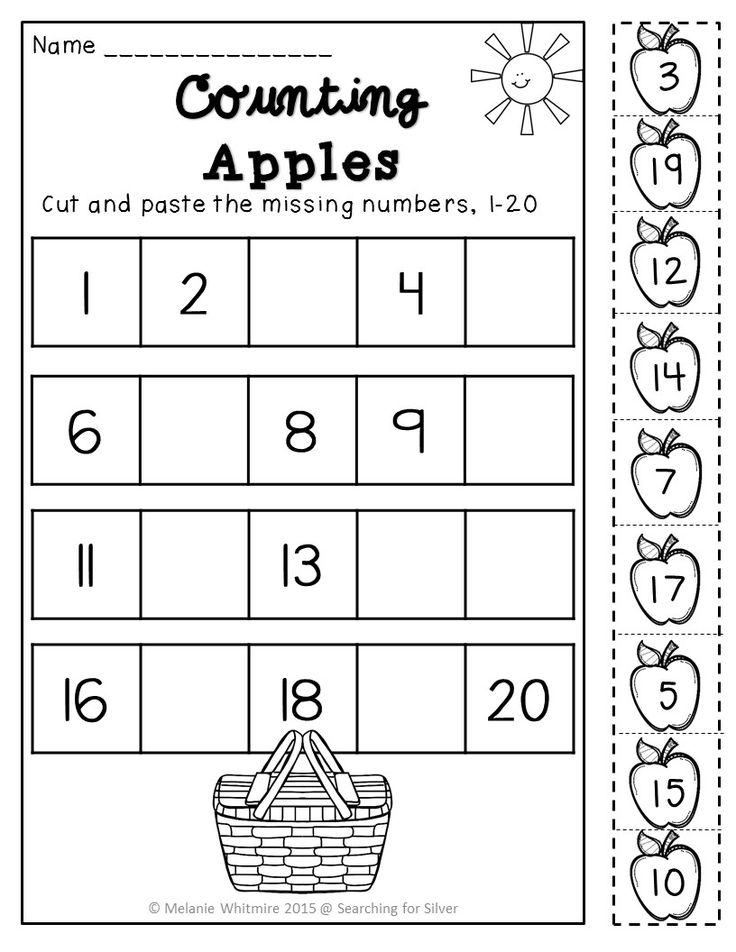 Previously, the child directed attention to the desired object, obeying the words of an adult: “Look carefully”, “Listen”. A preschooler of 6-7 years old can set himself the task: “I will now look at all the models of cars in this magazine”, “I will learn this rhyme and congratulate my grandmother!”.
Previously, the child directed attention to the desired object, obeying the words of an adult: “Look carefully”, “Listen”. A preschooler of 6-7 years old can set himself the task: “I will now look at all the models of cars in this magazine”, “I will learn this rhyme and congratulate my grandmother!”.
Development of a collective form of activity. In the pre-school period, a special type of communication with peers appears, which is called cooperative-competitive in developmental psychology. Preschoolers exchange opinions, defend their position, but also agree to give in on some issues. It is important for them to demonstrate their result to each other and what assessment the adult expressed.
What motivates a preschooler to learn
The emergence of prerequisites for learning activity does not yet mean that a preschooler is ready to engage in systematic learning, as required by the school. The prerequisites create a kind of field, and whether there will be a crop in this field depends on many factors.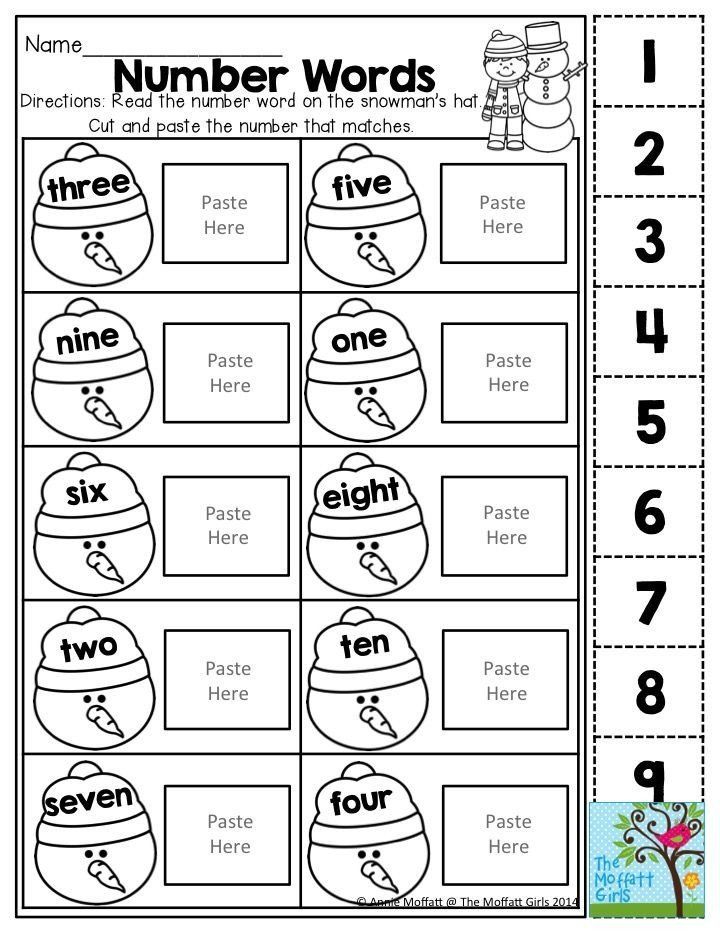
The child needs motivation to learn. Motivation is the desire and willingness to act. For a preschooler, this is a desire to gain knowledge, develop mental activity, constantly work on the formation of skills.
It is possible to single out the motives that act on children from the outside, and those that originate in the mind of the child (internal).
External motives
A preschooler gradually masters the functions and norms of the adult world through play and then joining work. This world attracts him in many ways. Children often say: "When I grow up and ...". What follows is a message about what achievements the desired adulthood will bring.
Older preschoolers perceive learning activities as a matter that brings them closer to adulthood. In this case, there is an external motive for the educational activity of preschoolers.
Some children are attracted by the organization of activities. They like it when they have lessons and breaks, there are special notebooks for classes, etc. Such preschoolers are attracted to a new social role. Let their classes last some 15 minutes, but they feel like real students. It is obvious that an external motive is also manifested here.
Such preschoolers are attracted to a new social role. Let their classes last some 15 minutes, but they feel like real students. It is obvious that an external motive is also manifested here.
Internal motives
The development of the child's personality forms a new attitude to reality, as a result of which the motivational sphere is enriched. Internal motives aimed at learning activities are born.
The most important is the cognitive motive. The inner need of a preschooler to learn more keeps his interest and encourages him to concentrate on solving problems. There is a desire not only to ask chains of clarifying questions, but the desire to argue, prove, and present one's own arguments.
Sometimes parents decide that their 5-year-old "why" is ready for learning activities. Nevertheless, this conclusion is erroneous, since the child’s questions may have another goal - to draw attention to himself, to keep the attention of mom or dad. In fact, this is the desire to play, but not with peers, but with adults.
Cognitive motives also appear in the middle preschool age, but they are of a generalized nature. Cognitive and educational motives are formed after 6 years.
The motive of awareness of the social benefits of education is also internal. Not so often there are children - but they are - who convincingly state that society needs smart and knowledgeable people. “I want to invent such trains that they deliver passengers from one city to another in a few minutes.” Such preschoolers learn to read early, and their favorite books are children's encyclopedias.
Peculiarities of educational activity of preschoolers
An older preschooler is distinguished by emotional involvement in learning activities. He shows a steady interest, surprise at unexpected discoveries, joy that he managed to achieve the expected result.
For children, learning activities are still close to play. Such a form of educational activity of children as a didactic game is widespread.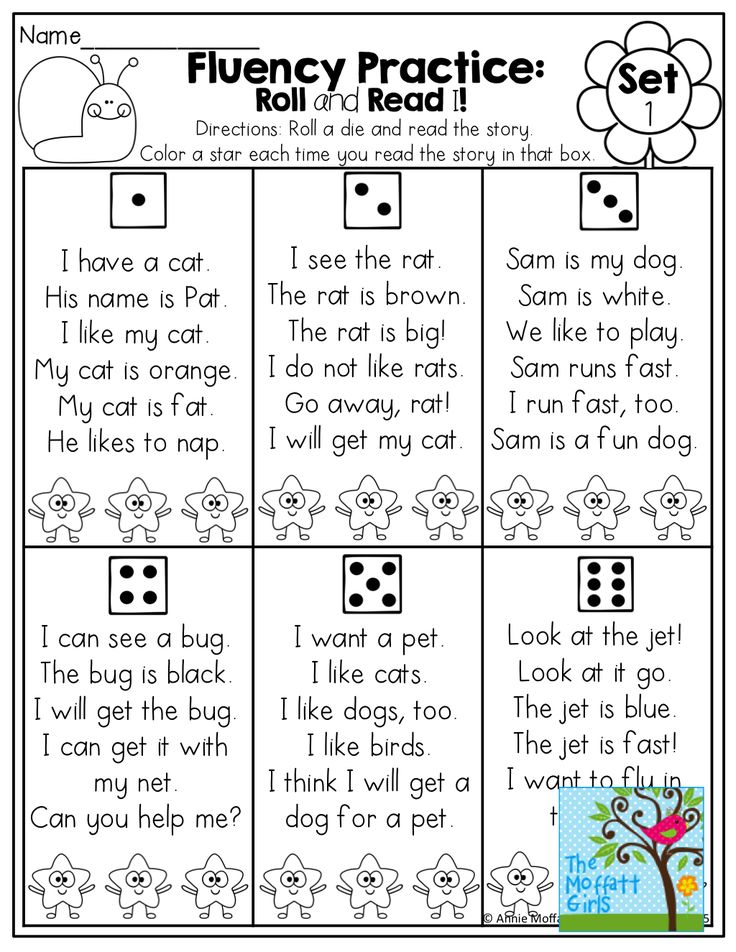 The main purpose of didactic exercises is educational, but they are presented under the guise of a child's game with clearly defined rules. A certain task is set, which the participants solve, following the rules.
The main purpose of didactic exercises is educational, but they are presented under the guise of a child's game with clearly defined rules. A certain task is set, which the participants solve, following the rules.
Elements of learning activity
Elements of learning activity in senior preschool age are formed due to the development of voluntary regulation of mental processes.
These include:
- goal setting;
- formulation of hypotheses;
- planning elements;
- attempts to control progress;
- readiness to correct the error.
Let us illustrate how the listed elements manifest themselves in the activity of a preschooler.
A preschooler sets himself the task of remembering something: poems, the sequence of assembling a structure, the parameters of a giraffe (in order to tell others later) and a lot of other information that is important from his point of view.
There are so many interesting things in the surrounding world that one can resist the urge to formulate and test a hypothesis.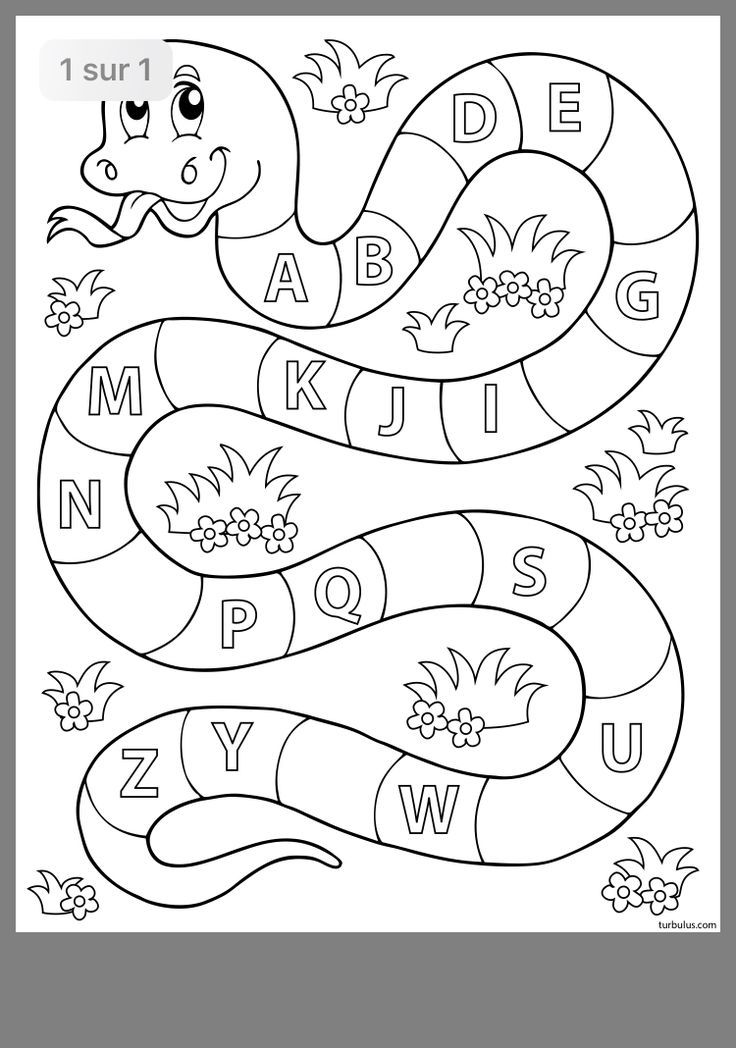 Children wonder why a small metal ball sinks in water, but a large wooden board does not. Check if the apricot pit will germinate. The question "what will happen if ..." can sound several times a day from an inquisitive preschooler.
Children wonder why a small metal ball sinks in water, but a large wooden board does not. Check if the apricot pit will germinate. The question "what will happen if ..." can sound several times a day from an inquisitive preschooler.
It is not uncommon for children to report what they are doing now and what they want to do later. In role-playing games, they discuss the plot, distribute roles. This is basic planning. It is typical for older preschoolers. Younger children, on the contrary, talk about their actions at the time of execution or after they are performed.
The achievement is the transition to internal planning, which makes children's ideas sustainable and encourages the achievement of results.
The elements of planning help the child see the steps in which order to move forward in order to get what he imagined. In turn, these steps can be points of control: “Did I do this?”. In essence, it is a self-test of actions. The need for control in a preschooler appears if he doubts the correctness of the work.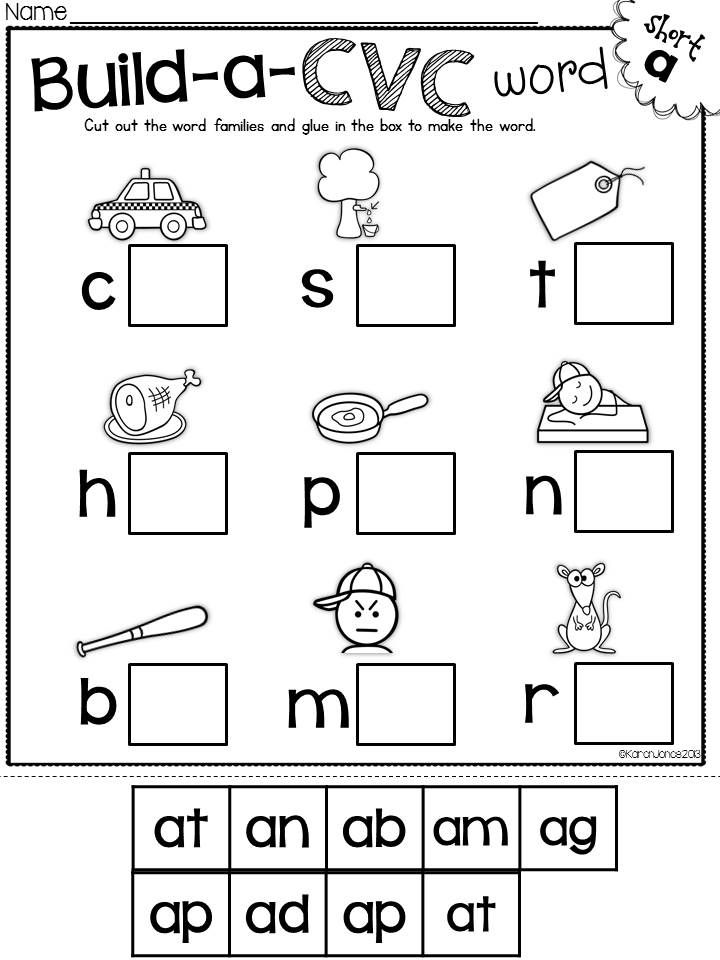
Children, in principle, do not want to hear about their mistakes, let alone admit them. But at the senior preschool age, the motives for actions are shifted towards the goal - the child acts in order to get a result. If the result, despite the application of efforts, has not yet been achieved, then the preschooler undertakes to correct the detected error.
Functions and tasks of learning activities of preschoolers
Perhaps someone considers it superfluous to talk about learning in relation to preschool age, if the development of the game creates natural conditions for the transition to learning activities.
Still, the game is much less regulated than the training session. Gradually, the child should be prepared to consciously submit his actions to strict rules.
Preschoolers need learning activities. It performs several functions:
- Teaches you to manage your behavior and adhere to the requirements.
- Directs to use the specified course of action.
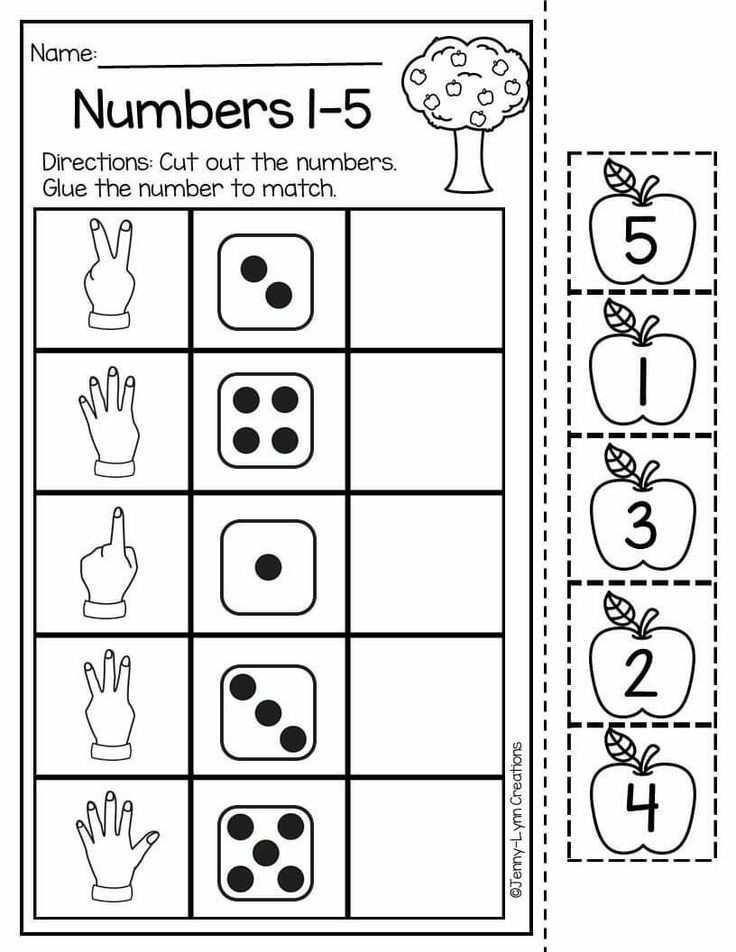
- Develops the skill of working according to the instructions of an adult.
- Trains independent performance of tasks according to the model.
- Forms the awareness that learning activities can be directed not only to a certain result, but also to the training of skills.
This type of activity develops later than such types as games, art, labor. Educational activity at preschool age realizes the child's desire to take a new, more significant place in the system of social relations and forms a positive attitude towards school.
Educational activity, its features at preschool age, levels of development of educational activity (A.P. Usova).
Educational activity - e that, according to the classification of SL Rubinshtein, the first type of teaching , directly and directly aimed at mastering knowledge and skills. The analysis of educational activity carried out by D. B. Elkonin, V. V. Davydov showed that it has its own structure , a specific structure, namely: includes learning task, learning activities, monitoring and evaluation .
The central place in the structure of activity belongs to educational task . A learning task should not be understood as a task that a child must complete in class. The learning task is the target . The essence of the goal is to master a generalized method of action , which will help to perform similar tasks, to solve problems of this type.
Thus, the teacher sets a goal - to teach children to draw a deciduous tree. The main attention is paid to the development of the ability to convey the essential features of the subject: the trunk, branches, their location. Having mastered the generalized method of drawing a tree as such, the child will be able to use it when performing any specific task of a similar content (in drawing on the topics “Autumn Tree”, “Blossoming Apple Tree”, “Winter Square”, etc.).
Learning activities , with which learning tasks are solved, consist of many different learning activities.
In order for children to master learning activities, they must first be performed with full deployment of all operations .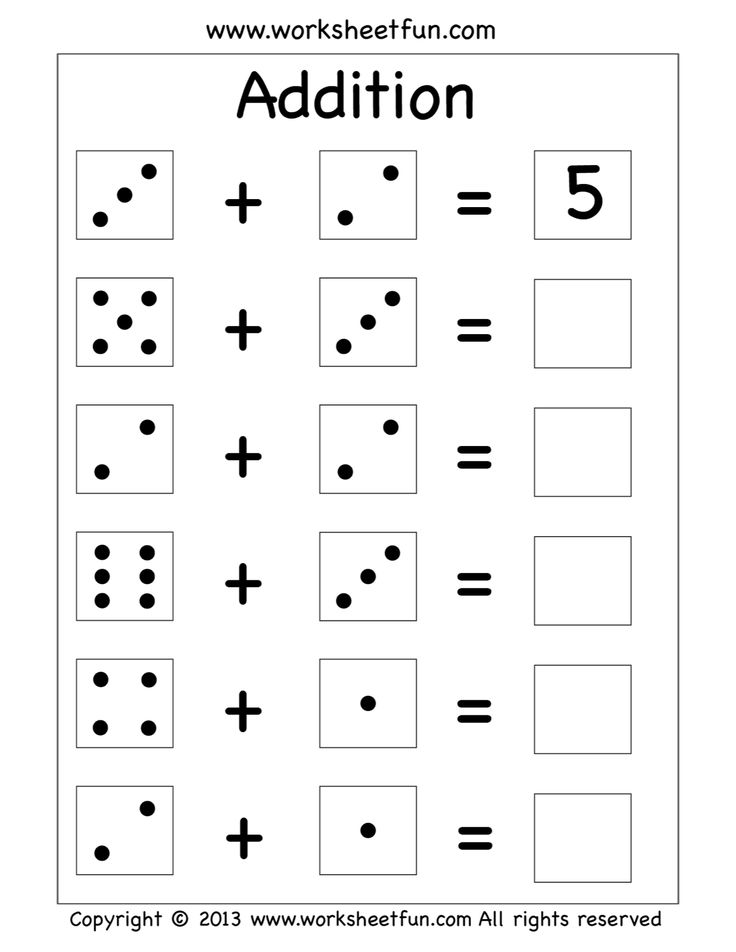 At first, operations are performed either materially - with the help of some objects, or materialized - using images, their iconic substitutes.
At first, operations are performed either materially - with the help of some objects, or materialized - using images, their iconic substitutes.
For example, while assimilating the concepts of equality and inequality of groups of objects, a child performs actions with toys, pictures, chips that replace real objects or their images. Only gradually, as one or another operation is worked out, the process of performing actions is curtailed and performed immediately as a whole.
Learning activity is formed under the influence of learning. AP Usova (1981) singled out specific signs of mastery of educational activity in children. 3 levels are allocated, characterizing different degree of development of educational activity .
Level I is distinguished by the productivity and purposefulness of all processes of cognitive activity; an active, interested attitude to learning, the ability to self-control their actions and evaluate their results.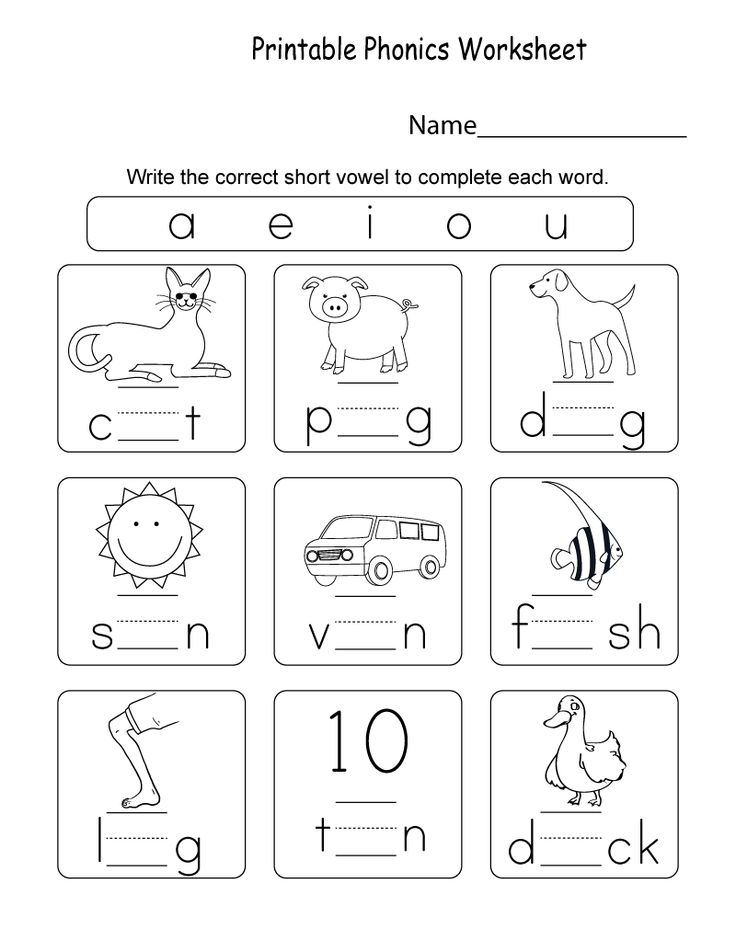 On the basis of what they have learned, children can solve problems available to them in practical and mental activities.
On the basis of what they have learned, children can solve problems available to them in practical and mental activities.
II level - weaker. All signs of mastery of educational activity are still unstable. But at the same time, children can already learn, although all sorts of deviations are possible.
Level III — the beginning of the formation of learning activity, characterized by external discipline in the classroom.
These indicators reflect not age development, but the development of the process of learning and cognitive activity . The formation of readiness for learning and teaching also has several stages. Each of them is characterized; complication of cognitive content; increasing demands on the mental activity of children; development of their independence.
At the primary level there are children of primary preschool age . Their mental activity still is not a completely conscious process , as they acquire knowledge, skills and habits, but do not yet experience the need to learn.
In children of middle preschool age readiness to master knowledge is found, it becomes possible to teach them in the classroom, setting cognitive tasks for them. But these tasks are still directly related to the conditions of life and play activities of children, their communication with each other and with adults. At this age, teaching serves practical needs of the child and creates prerequisites for the transition to a higher level of mental activity.
In older children marked changes in learning activities , in the ability to mental and volitional effort. This is evidenced by children's questions, interest in identifying connections and relationships between objects and phenomena.
The intellectual demands of older children are also expressed in the fact that they are no longer attracted to simple games and toys. They develop interest in acquiring knowledge and skills not only for current use, but also for the future.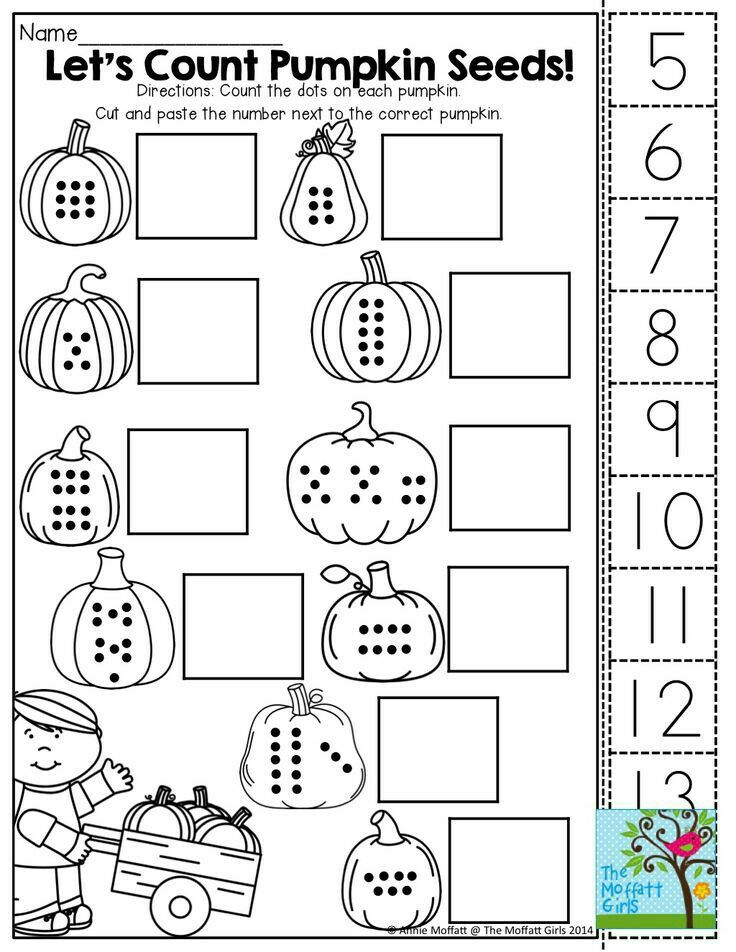 Curiosity, interest in knowledge and mental activity increases, demands on oneself and others appear. Educational activity among older preschoolers is clearly distinguished from other types of activity, it involves the purposeful education of children and the assimilation of certain knowledge, skills and abilities by them. Based on this baggage, the child becomes able to solve various cognitive tasks. This ability is the most important criterion for the success of educational activities of children and should be formed by the end of preschool childhood.
Curiosity, interest in knowledge and mental activity increases, demands on oneself and others appear. Educational activity among older preschoolers is clearly distinguished from other types of activity, it involves the purposeful education of children and the assimilation of certain knowledge, skills and abilities by them. Based on this baggage, the child becomes able to solve various cognitive tasks. This ability is the most important criterion for the success of educational activities of children and should be formed by the end of preschool childhood.
Attention!
If you need help writing a paper, we recommend that you contact professionals. Over 70,000 authors are ready to help you right now. Free corrections and improvements. Find out the value of your work.
Calculation costGuaranteesReviews
Thus, the full development of educational activities of children allows them to form psychological readiness for school , and in particular for schooling.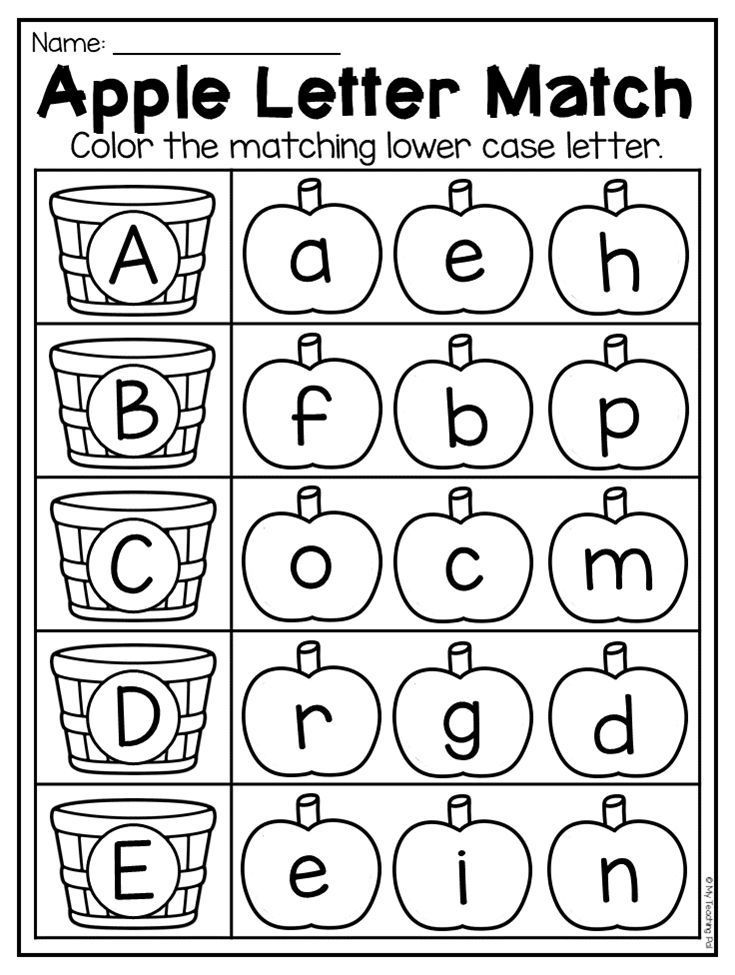
The formation of learning activity, even with well-structured learning, is a long process. At preschool age, the prerequisites for educational activity are laid, its individual elements are formed.
At the early preschool age in the classroom, it is necessary to form in children the ability to set goals for their own activities (at the stage of 2 to 3 years), to teach the development of various methods of activity (at the stage of 3 to 4 years). After 4 years, the child's activity acquires a clear focus on the final result. The teacher teaches children to listen to explanations, to complete tasks without interfering with each other; maintains interest in the content of classes, encourages effort, activity. All this is very important for the further development of educational activities.
At senior preschool age a child develops the following elements of learning activities:
- the ability to determine the goal of the upcoming activity and ways to achieve it, to achieve results;
- self-control, which manifests itself when comparing the result obtained with a sample, standard;
- the ability to exercise arbitrary control over the course of activities in the process of obtaining intermediate results;
- the ability to plan activities, focusing on its result.
As A.P. Usova's research has shown, in order to develop a child's learning activity, it is necessary to form the skills to listen and hear the teacher, to look and see what he shows, to follow his instructions when performing a learning task. A. P. Usova considered the attitude of the child to the assessment by the teacher an important indicator of developing educational activity.
Instructional letter Min. Education of the Russian Federation: "On the practice of diagnosing the development of a child in the system of preschool education", dated 04/07/1999 No. 70/23-16
This letter states that the diagnostics of the development of preschool children, being included in preschool education, is designed to help teachers and parents of the child to properly build pedagogical communication with him.
The specificity of preschool age lies in the fact that all mental processes are very mobile and plastic, and the development of the child's potential largely depends on what conditions for this development will be created for him by teachers and parents.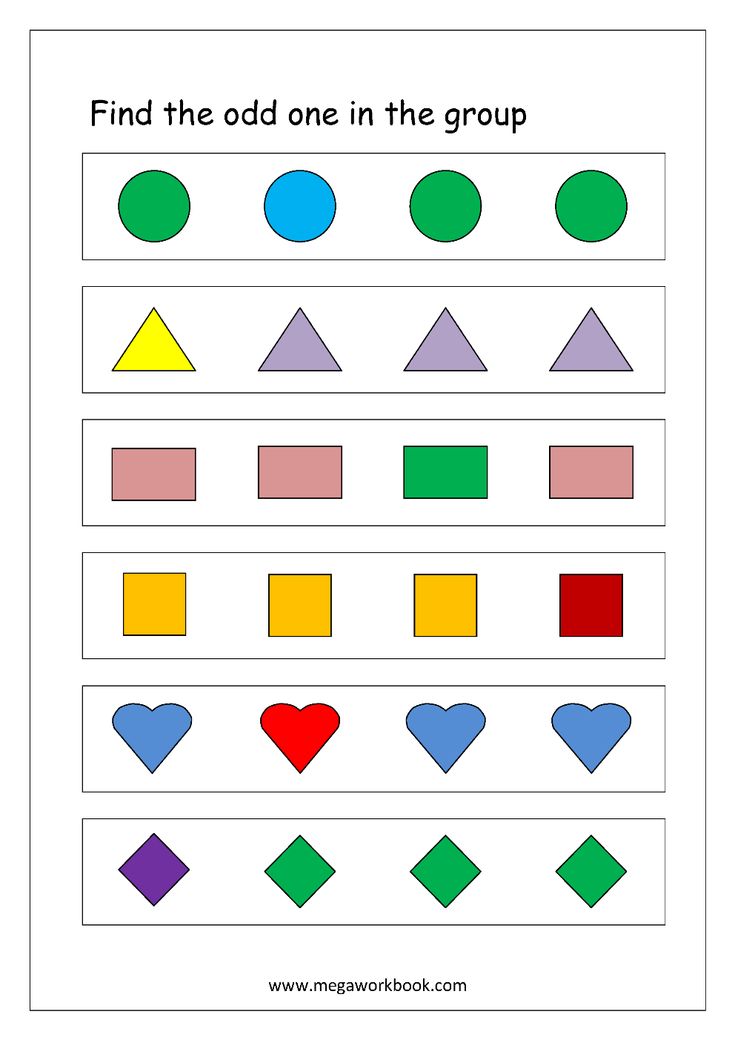 Psychological and pedagogical science unconditionally recognizes the fact that a child's real abilities can manifest themselves quite late, and the education he receives contributes to their manifestation to a large extent. Therefore, determining the individual characteristics of a child of preschool age , it is preferable to first of all have in mind his "inclinations ", which are the basis for further development of abilities.
Psychological and pedagogical science unconditionally recognizes the fact that a child's real abilities can manifest themselves quite late, and the education he receives contributes to their manifestation to a large extent. Therefore, determining the individual characteristics of a child of preschool age , it is preferable to first of all have in mind his "inclinations ", which are the basis for further development of abilities.
This specificity does not allow us to consider the results of diagnostics (even if they are reliable) stable and determining the fate of the child . Any achievement of a child of preschool age at each stage of his development is intermediate and serves only as a basis for the choice by the teacher of methods and technologies for individual work . Testing data should not be allowed to be the basis for labeling a child. Unreliable test results can have especially serious consequences. They can have a negative impact on both the development of the individual and the further educational trajectory of the child.